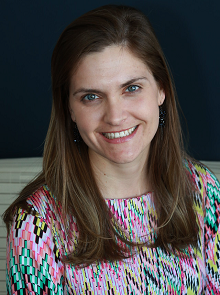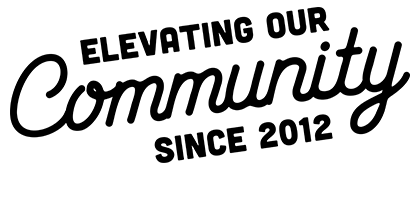This is the first blog in a new series that A-LINE is launching in which we’ll interview our own staff about how they perceive their jobs and this industry, and what insights they have to help clients. We hope these interviews showcase the variety of minds and skill sets at work here, and help us all learn a little more about the people we interact with daily.
Up first: Sterling Draper, project manager extraordinaire.

- What trends do you see in website development/creation that clients need to know about?
Our clients want to continually simplify the experience for the end user of their websites. As consumers of web-based applications, we realize how important it is to capture a user’s attention, and get action quickly. When you have a clean interface, with simple steps and logical interactions, you have more conversions. From making purchases, to calling for quotes, the easier you make it on your end user, the higher your conversion rate. The more we all use these services, the more important we realize this process is, and we can continue to improve and simplify.
- If there was something you'd like to see change in the web/digital industry, what would it be?
It’s hard to watch clients in this industry put time and resources into launching a great website, and then not taking the steps to maintain that website with new and relevant content. After launching a new website, I would love to see clients periodically updating their websites to add value to the end user, and keep the website looking fresh and working hard for their business.
- What can our B2B clients learn from our B2C clients? And vice versa?
I find that our B2C clients really spend time figuring out their brand—from social media posts to printed marketing materials, my B2C clients really hyper-focus on who they are, who their client is, and what their brand stand for, including but not limited to photography, graphics, content style, and more. My B2B clients do a great job focusing on the main goal—conversions—and find measuring the analytics very important to reaching their business goals. Each could take a few lessons from the other.
- If you were to equip a client with only one marketing tool, what would it be?
Oh...it is so hard to pick just one!! I guess it really depends on the client, but for 90% of clients, I would equip them with a well thought-out content calendar of blogging content, used to keep their website up-to-date and push valuable information out to their end user. I've seen this have an amazing impact with our clients, and wish everyone would at least give it a try—and then measure the success rate.
- What's one business- or industry-related book/blog/expert you're reading right now that you'd recommend?
I'm a podcaster, and feel like it helps me make great use of my time on the road, in traffic, or just when my eyes need a break from the computer screen and my butt needs a break from the office chair. I would highly recommend: Michael Stelzner - Social Media Examiner (via iTunes) for folks looking for some great tips, inspiration, and motivation.
- What are the ingredients of a successful client relationship?
The number one ingredient of a successful client relationship is TRUST. I always make my clients and the goals they are trying to reach my top priority. Your client needs to know that you are thinking of them first, and creatively solving their problems, so they are as successful as they can possibly be. By setting clear expectations, being transparent in all discussions, and quickly admitting when there has been a mistake or a problem, your client comes to trust you and the process you have in place. Once there is trust, great things can be accomplished and goals can be met and exceeded.
- What are the ingredients of a strong creative team?
It has been my experience that a strong creative team needs a few key ingredients. Creative folks need clearly communicated parameters. Remember, no one can read your mind. You need to let folks know how far they can push something, but also where they cannot go. Setting these boundaries and instructions up front gives the creative team a set place to do the “magic.” You also have to give folks time. That isn't always a luxury we have in this industry, but if you have it, you have to give it. Some days the creative juices are flowing, and sometimes people are just having a hard day. You can't always plan for that, and you have to give time and space if you want the product to turn out great. A creative team is a team of artists. You can’t demand things happen like an assembly line...high-level creativity just doesn’t happen that way. Last, you need urgency. There has to be some heartstrings attached—not much, but just enough. It is important to help your creative team find a way to “connect” to a project. When they feel connected, they understand the needs more deeply, and when urgency is combined with good solid research, your results are “business changing.”
- What's next?
At A-LINE, we’re always trying to grow, do better, and meet our clients’ needs in a deeper and richer way. As our team grows and our client base grows and diversifies, we will continue to meet our clients where they have the greatest needs. Recently, we have been diving deep with clients, into their ongoing marketing efforts, and seeing some amazing results. I'm imagining that as we continue to do this for folks, we will grow deeper in our relationships, creativity, and positive impact on Spartanburg businesses and the community at large (and our neighboring communities that we love as well).




